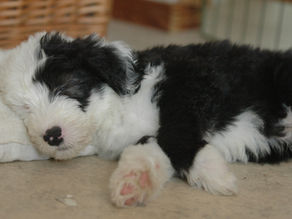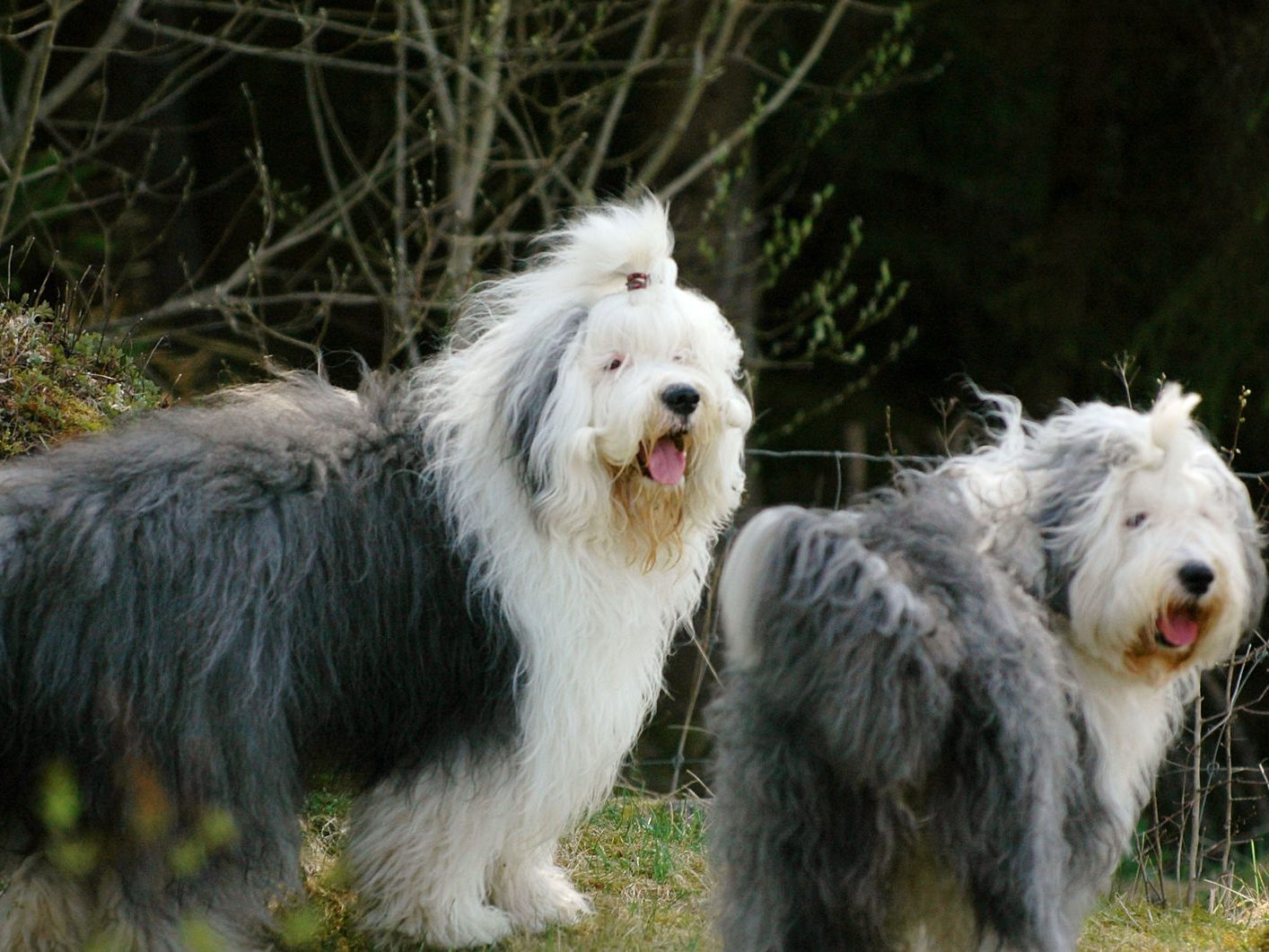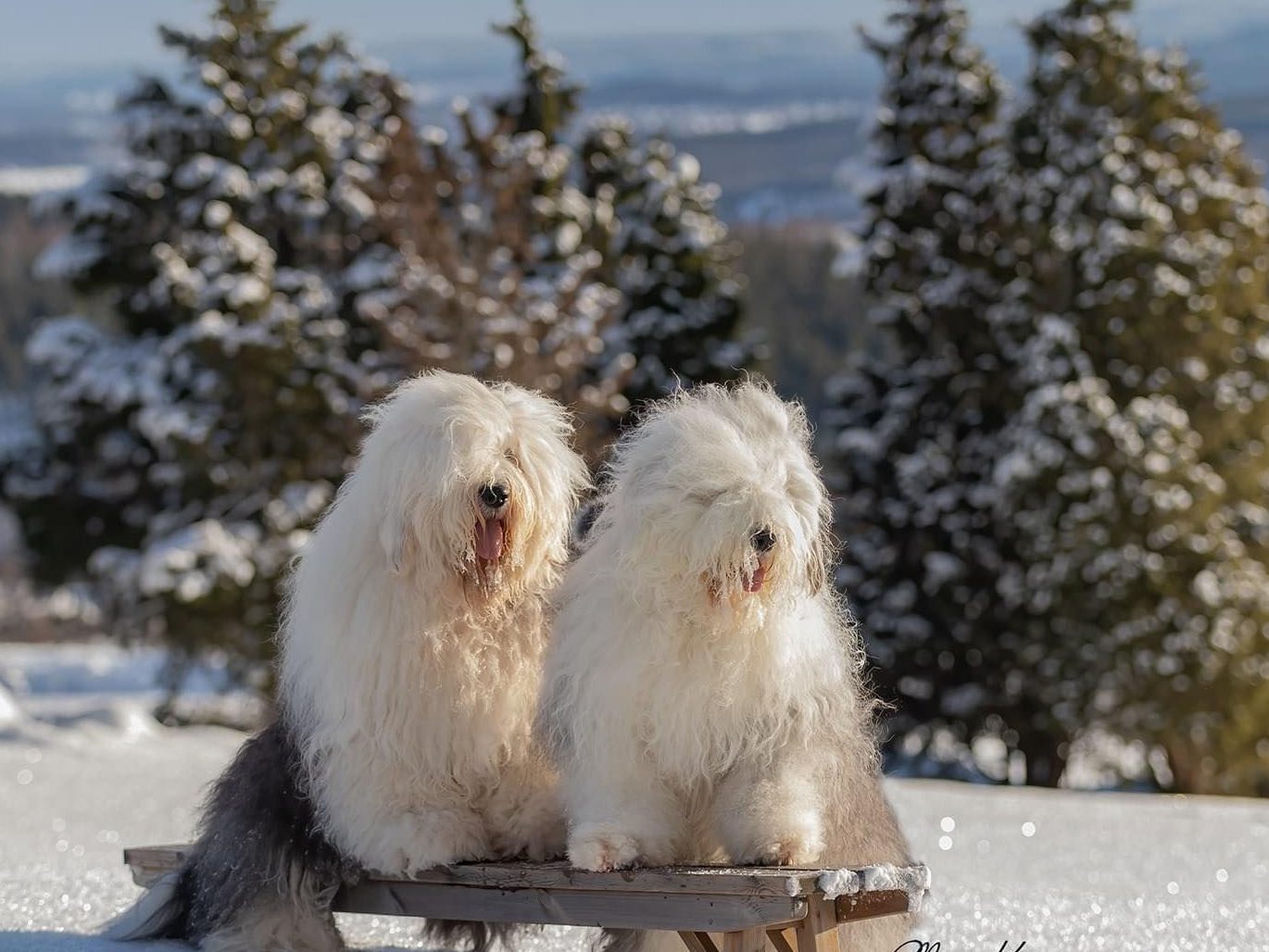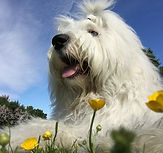Walk Your Dog with Curiosity and Safety: Top Apps That Will Change Routine
Walking your dog is already a great experience, but it can get even better! Some well-chosen apps in your daily routines can turn each outing into much more than just exercise. Make sure you have these ones installed before heading to your next walk.
Coin ID Scanner
Imagine walking in a local park with a dog and finding a bunch of old coins buried in the dirt. Scan it instantly with the Coin ID Scanner and learn everything about its history from a large coin catalog.
For history and archaeology lovers, this app takes walks to a new level. It uses AI to identify coins from different periods, regions, and countries. Here are some of the key features of Coin ID Scanner for numismatics enjoyers and just walkers. Some of them can make it a perfect choice for turning your walks into an educational experience:
1. Instant Coin Identification: The app uses AI technology to identify coins from around the world, offering detailed information about their origin, historical significance, and value.
2. Custom Collection: Create your own collection of discovered coins. Track, manage, and share your findings with others, creating your own personal numismatic archive.
3. Worldwide Coverage: You can stay at home or go abroad, the app identifies coins from any country, making it a great tool for travelers and collectors alike.
4. Engaging Treasure Hunts: Encourage curiosity by making each walk a mini treasure hunt. Even if you pick just a regular penny, you’ll learn so much of it!
Number Tracker
Walking your dog is a great way to get exercise, explore new places, and bond with your pet. The right tools can monitor your walk, track your progress, and ensure safety for both you and your pet. That’s where Number Tracker comes in. Its ability to track phone with phone number adds a lot to your safety outside. Here is what it can do:
1. Safety Features: For added security, Number Tracker can be used in combination with a GPS-enabled device to monitor your real-time location. This is especially important if you’re walking in remote areas or unfamiliar places. Ensure that you always know where you are and can alert someone in case of an emergency.
2. Share Data with Family or Friends: If you’re walking with a group or want someone to keep an eye on your route, you can easily share your walk data with others. This feature helps ensure that someone always knows where you are during your walk, bringing safety for you and your dog.
3. Track Your History: If you find a great route, you can always find it later in the Number Tracker’s location history. Save it for later or share it with someone you want to show some beautiful paths.
AI Plant Finder
For those who love nature and want to learn more about the plants in parks and alleys, AI Plant Finder is the perfect app. Whether you’re strolling through a city park, hiking in the woods, or just walking through your neighborhood, it can use a plant identifier by picture right from your phone. Here’s what features AI Plant Finder offers to use in your daily routine:
1. Instant Plant Identification: Point your phone at any plant, and the app will identify its name, characteristics, and classification using advanced AI algorithms.
2. Care Tips: The app offers practical advice on plant care, including watering needs, sunlight requirements, and ideal growing conditions.
3. Discover New Species: Even the crowded city has thousands of plants in it. Learn about species you’ve never encountered before and broaden your botanical knowledge with every walk.
4. Harmful Plant Identification: Some plants are toxic to pets, including dogs. The app identifies potentially harmful species. This is the easiest way to ensure the safety of your furry friend.
5. Contribute to Citizen Science: Share your plant discoveries with others, contributing valuable data to citizen science projects that help researchers track plant populations and health.
6. Create a Plant Catalog: Build your own personalized plant catalog, storing information about each plant you encounter for future reference.
Add these apps to your collection and see how your daily routes will change! Even this small time can be used to learn and do it with fun!

About us
We’re passionate about Old English Sheepdogs and everything that makes them such unique and lovable companions.

Our Blog
Our blog is a space where we share heartwarming tales, practical tips, and expert advice about this iconic breed.

About the dogs
Easy to teach, happy and friendly but with a fair bit of bull baldness, perfectly hidden behind a big, charming personality!
About the Old English Sheepdog
A four-legged fur monster that drags in kilos of sand, rubbish and earth?
Or a dog willing to work where the fur actually fulfills an important function?
The origins of the Old English Sheepdog
The ancestors of today’s Old English Sheepdog belong to the group of sheepdogs that were already spread around Europe and Asia in ancient times.
Herding dog refers to a dog that primarily guards and protects its four- and two-legged pack members. The ancient herding dogs were very vigilant and aggressive towards both predators and strangers. This can also be read about OES in older literature. The shepherds wanted dogs that were as angry and repulsive as possible towards strangers. Nowadays, however, the OES is, in general, a good-natured and easy-to-manage dog without being in the least bit mischievous.
Sometimes you can hear outstanding theories about the herding dog breeds’ kinship and about which breeds gave rise to various others. Myths about occasional dogs that have come aboard foreign ships and sailed astern are common. That these isolated examples would have given rise to new races in a new country is not credible. It is probably truer that similar needs create similar development.
During the Middle Ages, extensive agriculture was still practiced throughout Europe. Livestock raising was far more important to livelihoods than grain cultivation. As the population was still quite small, a system was required that allowed a low use of personnel resources. Then the availability of strong, persistent, independent (intelligent) and independent working dogs became important. Just such a dog is OES!
“The best therapist has fur and four legs”
Even today, you can see the heritage from ancient times in our dogs’ faces. The ability to think and make up one’s own mind is a common trait of Bobtails. This is a very independent, imaginative, initiative-taking, talkative and positive dog.
However, it can show a surprising bull-headedness when it is something it does not want. This without showing a tendency to be in a bad mood for the sake of it. Anyone who wants a dog that obeys blindly should probably refrain from getting an OES.
In addition, OES can be considered as belonging to the so-called land breeds that nature has developed without too extensive human intervention. It is probably not, primarily, a sheep dog in today’s terms, but a driving transport herder. These were used from the Middle Ages into our century by farmers to transport cattle, horses and sheep to the great markets held around England. It could involve transport marches of up to a week. This required a very good condition of the dog. The breed has therefore developed a special type of gait that is very energy-saving, namely the pacing gait. This gait is about to disappear as some people find the dog ugly to look at when it suits. Which is a strange approach, as the functional must be seen as beautiful in a working dog!
During the time our breed was used as a working dog, it was mainly in the south of England that it had its stronghold. In Scotland, parallel to these large-bodied steeds, there was a lighter, more suitable type of steed for highland terrain. These go under the collective name Collies.

Cur/Bobtail/Old English Sheepdog
The name of the breed has changed over the years, which is also something that confirms its origin as a country dog. One of the oldest names for the breed is Cur which simply means farm dog.
Next comes the Bobtail, which alludes to the short crested tail. Reportedly, natural Bobtails are occasionally born.
Today’s name Old English Sheepdog, arose in the 19th century when it became an exhibition dog. The first OES registered in the English Kennel Club were given the designation: SHEEPDOG, short-tailed English, a term that was used in the 1890s. The first OESs in the United States were entered as: Sheepdog, English Old-Fashioned Bobtailed.
Latest news

Coin Investment Strategy: Finding High-Growth Assets
Checking a coin as a growing asset needs a planned study, which is different from simple collecting. A coin[…]

Roosevelt Dimes: From Perfect To Mistaken Ones
Among the many series of coins, there are still some copies that are more expensive and popular, or they[…]

Broke the Era of iPad Kids: Change Your Kids for the Better with Memory Training
Memory development via the memory games for kids is one of the main parts of a child’s brain growth.[…]

How to Stay Organized During a Complex Move
Planning and Preparation for a Smooth Move Start Your Moving Adventure with a Solid Game Plan Moving isn’t just[…]
Sheepdog Stories ©2024.



